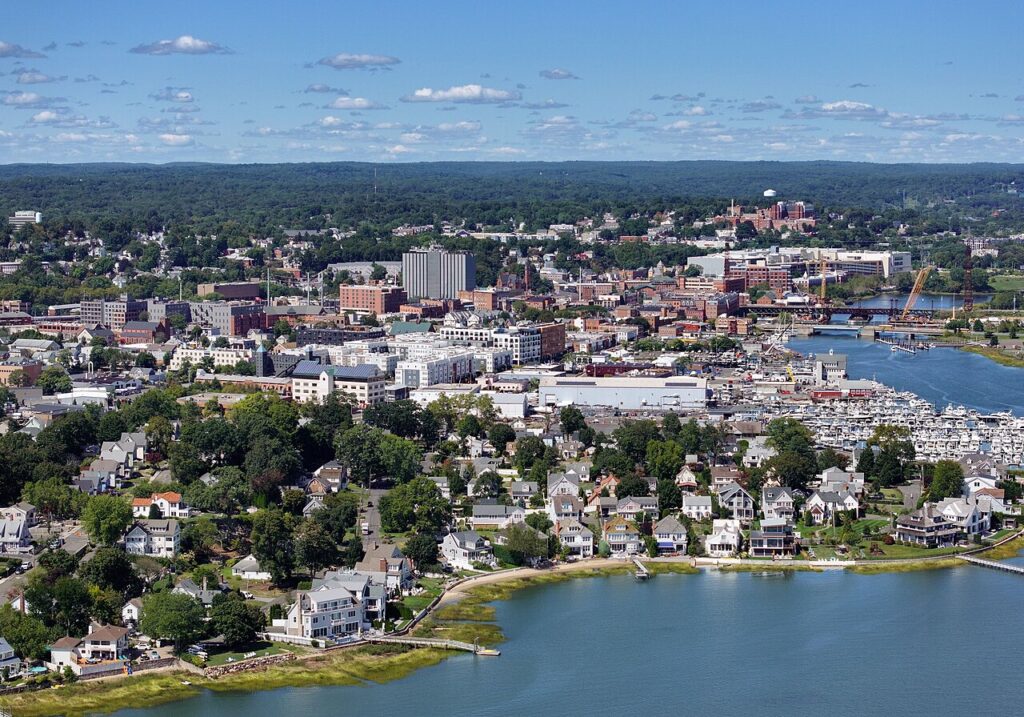
Moving to Norwalk, Connecticut: A Comprehensive Relocation Guide
Considering moving to Norwalk, Connecticut? Located on Long Island Sound, Norwalk blends coastal living with business vitality and New York City commuter convenience. This 2025 relocation guide covers everything you should know before moving.
Demographic Profile to Consider If Moving to Norwalk:
Norwalk has a 2025 population of approximately 92,000. The city features a mix of urban and suburban neighborhoods, from historic South Norwalk (SoNo) to quiet residential districts like Rowayton and Silvermine. Find trusted local services for moving, living, and working in Norwalk.Norwalk Relocation Directory
Cost of Living to Consider If Moving to Norwalk:
The 2025 median home price is about $710,000, with average rent around $2,700. While more expensive than inland cities, Norwalk offers coastal amenities and excellent commuter options.
Economy and Job Market:
Norwalk’s economy includes finance, healthcare, education, and technology. Major employers include Norwalk Hospital, Xerox, and Datto. The SoNo Collection mall and waterfront redevelopment drive ongoing growth.
Education:
Norwalk Public Schools emphasize diversity and academic innovation. The city also offers private and magnet schools, and nearby higher education options include Norwalk Community College and the University of Bridgeport.
Recreation and Lifestyle:
Residents enjoy Calf Pasture Beach, the Maritime Aquarium, and a revitalized SoNo district filled with shops and restaurants. Annual events like the Oyster Festival celebrate Norwalk’s maritime heritage.
Healthcare and Services:
Norwalk Hospital, part of Nuvance Health, anchors regional medical care with full-service and specialty facilities.
Transportation:
Norwalk offers CTtransit service, two Metro-North stations, and easy access to I-95 and Route 7, providing direct connections to New York City and Stamford.
Conclusion:
Moving to Norwalk, Connecticut, in 2025 provides a coastal lifestyle, excellent transit access, and a growing business environment.

